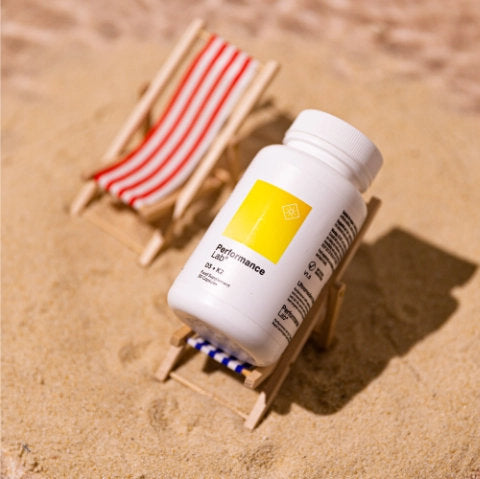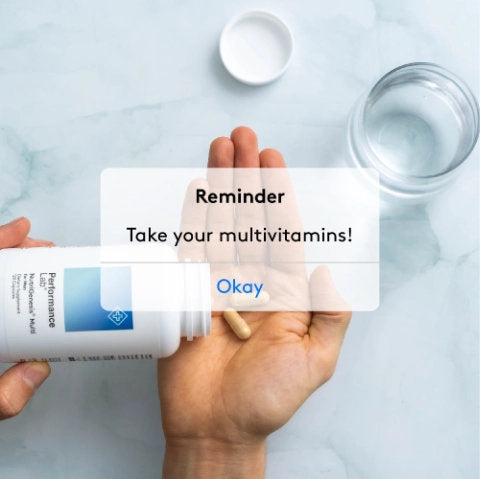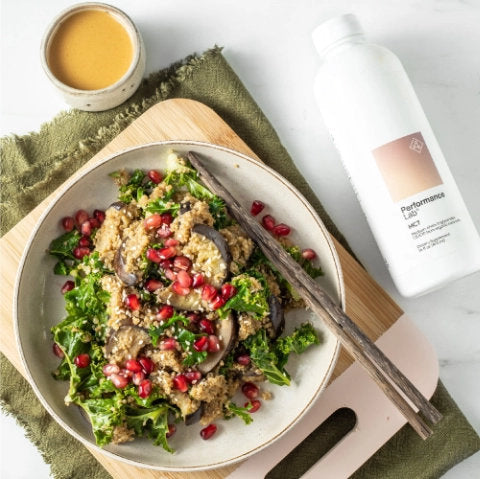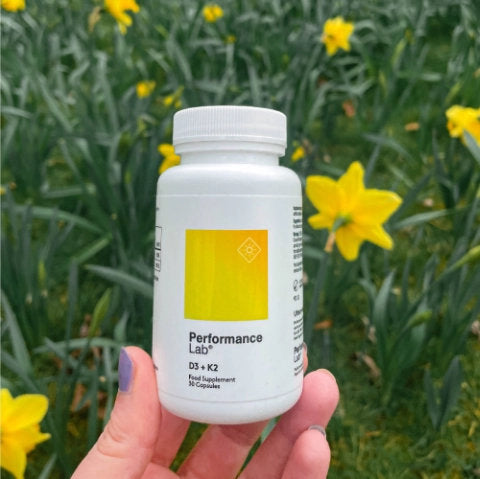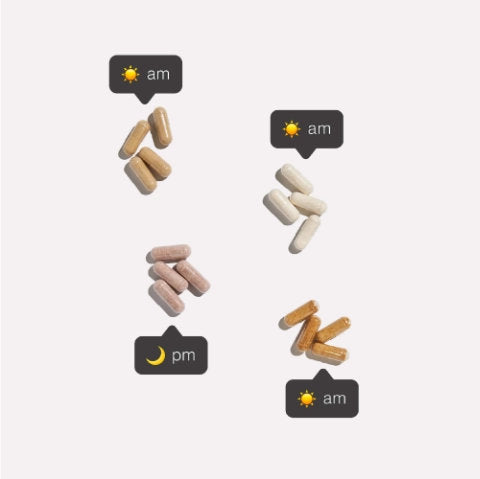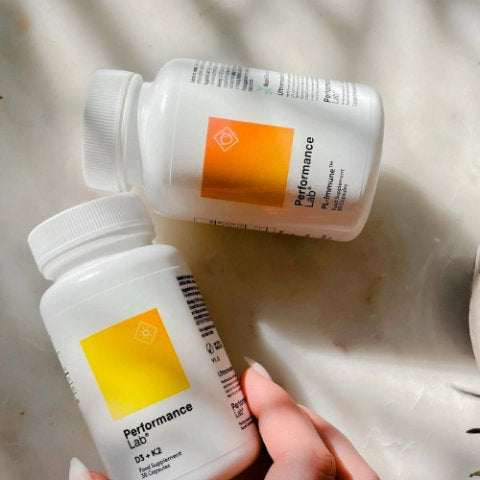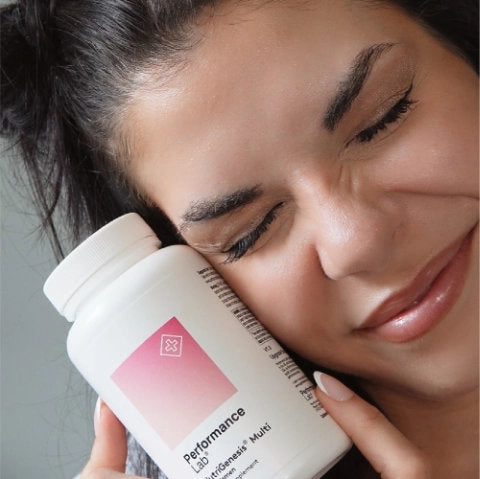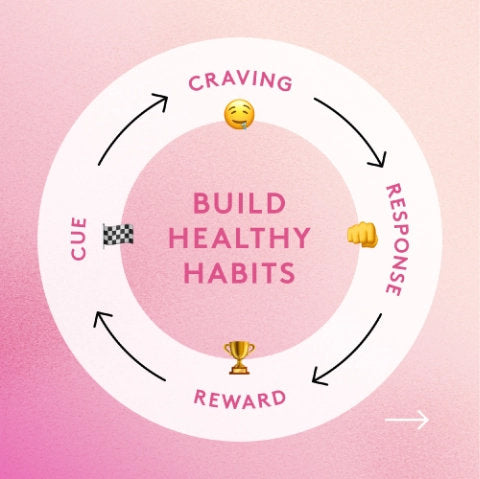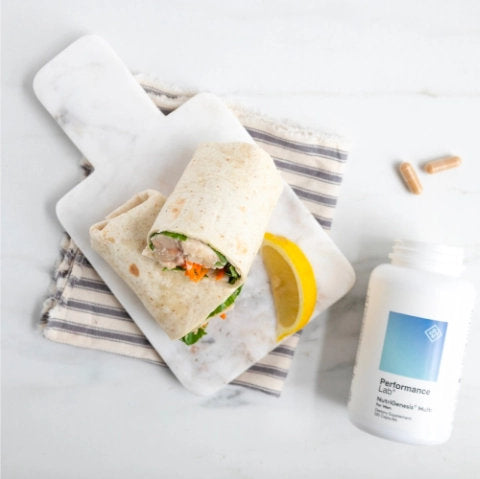If you’ve hit a plateau in your weight or fat loss journey and need to kickstart your metabolism, high-intensity work can do the trick—but studies show that low-intensity steady-state cardio might be effective for improving recovery, enhancing aerobic fitness, and boosting calorie burn.
If you’ve tried high-intensity interval training (HIIT), it can be easy to forget that other training methods exist to boost fitness and overall health.
While HIIT might be a highly effective cardio workout to burn calories and fat in minimal time, other lower-intensity options might benefit your transformation.
Steady-state training and other types of low-intensity continuous exercise can optimize fat burn by keeping your heart rate at an ideal fat-burning level, usually around 135 to 145 beats per minute. On an effort scale, you’re looking at about a 6 out of 10.
If you’re looking to transform your body without HIIT training, we have all the details you want to know about incorporating steady-state cardio into your training program.
Get ready to jumpstart your cardio journey and transform your body with Pre Lab Pro - the next-generation pre-workout supplement!
What Is Steady-State Cardio?

When you think about steady-state cardio, chances are you think about running or jogging—the most common sustained aerobic exercise.
For people that like jogging, the love of steady-state cardio is real, but for many people, steady-state exercise isn’t their thing—it’s repetitive and boring.
But while many people aren’t in the steady-state cardio camp, there is research to back up its many health benefits.
Several studies have examined the difference between steady-state exercise and high-intensity interval training (HIIT) and their effects on weight loss and fat loss.
What’s interesting is that most studies point to the fact that, all else equal, steady-state exercise is equally as effective for weight loss as HIIT, it just requires a longer time commitment.
But what exactly is steady-state cardio?
According to the National Academy of Sports Medicine (NASM), steady-state cardio (SSC) is any cardiorespiratory-based exercise of low-to-moderate intensity that can be sustained for an extended period.
In terms of the physiological response, the steady state is achieved when you can provide enough oxygen to maintain the aerobic energy system for most of the body’s energy needs, allowing exercise to continue at a steady pace.
Generally speaking, this happens at a heart rate of around 45-65% of HRmax, but it can be lower for beginners or higher for experienced endurance athletes 1, 2-4.
While jogging or walking might be the first thing that comes to mind with steady-state cardio, there are many options to choose from:
- Hiking
- Outdoor cycling
- Zumba
- Brisk
- Swimming
- Trail running
But when transforming your body into a shredded machine, will a steady-state cardio workout cut it? Before we look at the benefits, let’s first take a look at the difference between steady-state cardio and HIIT.
High-Intensity Interval Training (HIIT) vs. Steady-State Cardio Workout

Regarding weight loss and fat loss, the biggest debate is what kind of cardio you should be doing—steady-state or interval training.
- Steady-state cardio: Longer duration, low-intensity exercises such as moderate-pace long-distance running or cycling.
- High-intensity interval training (HIIT): Short-duration and high-intensity bouts performed above the anaerobic threshold (80-100% HRmax) with short rest periods.
The biggest difference between steady-state cardio and HIIT workouts is the intensity and duration.
With HIIT workouts, you’re working at about 80-100% HR max for short periods—you shouldn’t be able to maintain a conversation when working at this intensity.
However, with steady-state cardio, you’re only working around 50-60% HRmax for longer periods, and you should be able to maintain a conversation without feeling out of breath.
Another important distinction between the two is aerobic vs. anaerobic.
Because HIIT training works at such high intensities, it’s an anaerobic (without oxygen) activity whereby your body uses stored glucose for fuel without relying on oxygen.
This is because oxygen demand is greater than supply, so your body has to be able to produce energy to fuel your workout without depending on the presence of oxygen.
As a result, your body releases lactic acid, which, if not cleared, can build up in muscles. This is also partly the reason why fatigue sets in faster with anaerobic exercise as compared to aerobic.
The final and most important difference is the type of muscles used in HIIT vs. steady-state cardio. HIIT relies on fast-twitch muscle fibers, which are used for short-duration, high-intensity bursts of exercise.
They typically have lower concentrations of mitochondria, myoglobin, and capillaries compared to slow-twitch fibers, which means that while they may produce more force faster, they’re also quicker to fatigue 1, 5.
On the other hand, low-intensity steady-state cardio relies on slow-twitch muscles, which are relatively resistant to fatigue due to a more significant number of capillaries and can sustain a pace for extended periods.
Related Post: Should You Take a Pre-Workout Before Cardio?
The Benefits Of Steady-State Cardio

Now that you know the two primary types of cardio, let’s give you a quick overview of some of the benefits:
- Reduces stress on joints
- Easier fat loss
- Greater fat loss
- Enhances brain health
- Reduce inflammation
- Boost cardiovascular endurance and health
- Enhance recovery
- Improve aerobic fitness (aerobic capacity, VO2 max)
- Increase force production
- Beginner-friendly
Although we’re not going to get into the details on the benefits of steady-state cardio here, know that despite all the bashing and shaming it receives, steady-state cardio is effective. So, how do you use it to your advantage to get your dream body? Keep reading to find out!
How To Use Steady-State Cardio Training To Transform Your Body
There are many ways to do steady-state cardio, and not one that’s necessarily better than any other.
To transform your body, you need to make steady-state cardio workouts for you and your fitness goals.
Duration and frequency
One inescapable truth about low-intensity steady-state cardio workouts is that the longer the duration, the more benefit you’ll see.
Unfortunately, that’s just the way of steady-state cardio, whether for fat loss or general fitness purposes.
Unlike a HIIT workout, you’re not going to get a quick fix with steady-state cardio training.
But you’ll see benefits if you have anywhere from 30 to 40 minutes to dedicate to it. Some research suggests that sessions of 30 minutes or more are most effective in burning calories and maximizing fat oxidation compared to shorter sessions—and even shorter sessions of HIIT 6, 7.
If you’re doing a steady-state cardio workout in conjunction with strength training workouts, aim for 1-3 sessions per week on alternate days (or after your strength workouts) to ensure you’re also getting sufficient recovery and not losing lean muscle mass.
If you’re looking for fat loss, you can increase session length from 30-40 minutes to anywhere between 1-2 hours.
Although it may seem like a lot, the ceiling for burning fat with low-intensity cardio is high, so the more physically fit you are, the longer your sessions may have to be.
Intensity

Because we’re not going ham with high-intensity workouts at 80-100% HRmax or any strenuous strength training, you want to ensure you’re getting an intense enough workout routine to see results.
Once you’ve figured out the duration, you want to pick the right intensity that won’t interfere with recovery or fat burn. So, how do you accurately measure intensity?
There are three ways:
- Use a heart rate monitor
- Note your ventilatory thresholds
- Check your pulse occasionally
For methods one and three, you’ll need to have a target HR in mind to know if you’re in the zone. The easiest way is using the Maffetone method: the 180 formula.
It’s simple: Subtract your age from 180, then subtract additional points for each of the following:
If you have an existing medical condition or take prescription drugs (10 points) Illness, injury, frequently sick, allergies, asthma, or inconsistent or new to aerobic training (5 points)
That’s your maximum heart rate for low-intensity cardio. From there, you can figure out 45-65% HR max. For people under 17 or over 65, add 10 points to your formula result.
The other option is measuring your ventilatory threshold.
Ventilatory thresholds (VTs) sound technical, but they’re a simple benchmark to gauge intensity and could yield even better results 8, 9.
These thresholds are a marker of intensity observed by breathing at a point where lactate accumulates in the blood.
Simply put, it’s a marker of relative ease or difficulty speaking during exercise. Your aerobic energy system requires sufficient oxygen to provide your body with energy, and the harder you train, the higher the demand for oxygen, whereby demand eventually exceeds supply. When your body is running low on oxygen, speaking becomes much harder.
Two ventilatory thresholds, (VT1) and (VT2), correspond to exercise intensity because via representing increased oxygen demand and lactate accumulation.
- Under VT1: Speech is easy, and it is easy to speak comfortably in complete sentences.
- At VT1: Minor difficulty speaking in complete sentences.
- Between VT1 and VT2: Difficulty speaking in full sentences.
- At VT 2: Only possible to speak one or two consecutive words.
- Over VT2: Cannot speak.
Using your ventilatory thresholds is an easy way to gauge the intensity of your workouts—the upper limit of low-intensity steady-state cardio corresponds to VT1 or just below.
If you’re having difficulty speaking, you need to scale back the intensity.
And the last tried and true method for sticking to the low-intensity zone is breathing! If you can’t comfortably breathe through your nose at the pace you’re working at, tone it own until you can.
Studies show that this level of cardio intensity is within the aerobic zone, making it ideal for steady-state workouts 10.
Breathing through your nose during steady-state exercise can also boost nitric oxide levels (just like Pre Lab Pro! ) by more than twice as much as mouth breathing 11.

Nitric oxide is an essential messenger molecule responsible for increasing circulation, lowering blood pressure, supporting neurotransmission, supporting the stress response, and more.
Pre Lab Pro® helps by extending aerobic and anaerobic endurance to help you with your steady state cardio workouts. It does this by:
- Promoting nitric oxide (NO) levels: Red beetroot powder is a natural source of nitrate which raises nitric oxide to boost blood flow to muscles for maximum strength and endurance.
- Supporting natural hydration: Himalayan pink salt provides trace minerals and electrolytes for peak performance.
- Supporting endurance and stamina: L-theanine and L-tyrosine are alpha brainwave boosting amino acids to support motivation, energy and focus.
Final Thoughts
There you have it—the ultimate guide for making low-intensity steady-state cardio work for you and your fitness goals.
So, next time someone tells you that the best way to burn fat and lose weight is with HIIT, you’re armed with a plethora of knowledge to back up steady-state cardio and why you choose to do it!
- Powers SK, Howley ET. Exercise physiology: theory and application to fitness and performance. Mcgraw-Hill Education. 2018.
- Swain DP, Abernathy KS, Smith CS, Lee SJ, Bunn SA. Target heart rates for the development of cardiorespiratory fitness. Med Sci Sports Exerc . 1994;26(1):112-116.
- Caputo F, Greco CC, Denadai BS. Efeitos do estado e especificidade do treinamento aeróbio na relação %VO2(max) versus %FC(max) durante o ciclismo [Effects of the state and specificity of aerobic training on the %VO2(max) versus %HR(max) ratio during cycling]. Arq Bras Cardiol. 2005;84(1):20-23.
- Lounana J, Campion F, Noakes TD, Medelli J. Relationship between %HRmax, %HR reserve, %VO2max, and %VO2 reserve in elite cyclists. Med Sci Sports Exerc. 2007;39(2):350-357.
- Clark M, Lucett S, McGill E, Montel I and Sutton B (Editors). NASM Essentials of Personal Fitness Training (6th ed). Burlington, MA: Jones & Bartlett Publishing. 2018.
- Tucker WJ, Angadi SS, Gaesser GA. Excess Postexercise Oxygen Consumption After High-Intensity and Sprint Interval Exercise, and Continuous Steady-State Exercise. J Strength Cond Res . 2016;30(11):3090-3097.
- Thomas TR, Feiock CW, Araujo J. Metabolic responses associated with four modes of prolonged exercise. J Sports Med Phys Fitness . 1989;29(1):77-82.
- Porcari, JP, Falck-Wiese K, Suckow-Stenger S, Turek J, Wargowsky A, Cress ML, et alComparison of the talk test and percent heart rate reserve for exercise prescription. Kinesiology . 2018; 50(1):3-10.
- Pallarés JG, Morán-Navarro R, Ortega JF, Fernández-Elías VE, Mora-Rodriguez R. Validity and Reliability of Ventilatory and Blood Lactate Thresholds in Well-Trained Cyclists. PLoS One. 2016;11(9):e0163389.
- Morton AR, King K, Papalia S, Goodman C, Turley KR, Wilmore JH. Comparison of maximal oxygen consumption with oral and nasal breathing. Aust J Sci Med Sport . 1995;27(3):51-55.
- Recinto C, Efthemeou T, Boffelli PT, Navalta JW. Effects of Nasal or Oral Breathing on Anaerobic Power Output and Metabolic Responses. Int J Exerc Sci. 2017;10(4):506-514.




